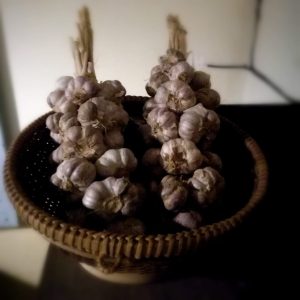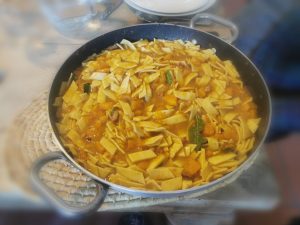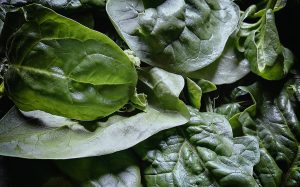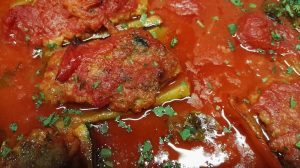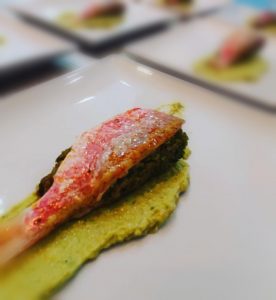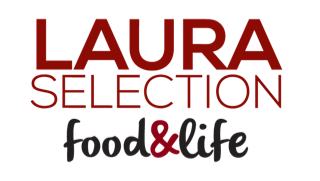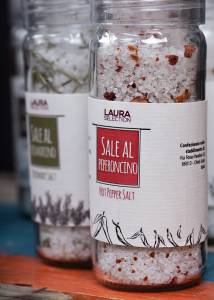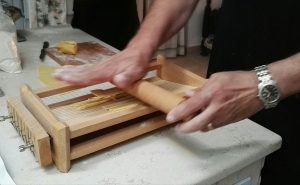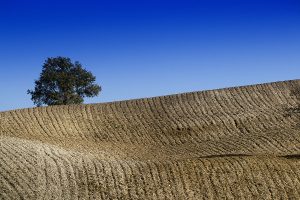Wine is Life with its colors, aromas, scents, intensity, personality, sensations, evolution, maturation … but also places, traditions and people.
To understand wine we rely on our senses.
Let’s start with the visual examination, then the olfactory examination until we get to the tasting itself. What really matters is the overall view of all the elements, because only in this way we can evaluate the quality of the wine without prejudice.
The visual examination tells us about the history of the wine, its evolution and structure: the vine, the method of processing, the preservation, the clarity. Today it is rare to find opalescent wines, although it may happen that fine wines, if subjected to low temperatures for extended periods, have small precipitates of tartrates (eg salt crystals) easily eliminated by cooling the wine violently in steel tubs and then filtered.
The visual examination allows us to evaluate the colour (from straw-color, golden with its declinations, amber and rosé for white wines … to purple, ruby, garnet, brick, orange for red wines), the fluidity of wine and the effervescent – absent in the still wines, but present in sparkling wines.
It is interesting to consider the quality of the sparkling bubbles that, for important wines, must always be numerous, persistent and small.
The olfactory examination, which consists of annihilating the wine, helps us to know the characteristics, the intensity, the scents and their persistence. A good wine is intense and the intensity depends on the vine, age and type of aging (aged wines are certainly more complex!).
Password: Enjoyment.
Tasting allows us to evaluate the structure of the wine, characterized by the body (relationship between alcohol and non-volatile substances such as polyphenols, salts, etc.) and its evolution, that is, the degree of maturation.
With tasting we can perceive the scents and the taste, the aromatic persistence, all the flavors – salty, bitter, acid and sweet. We also manage to evaluate the balance of the wine, which must be a fair mix of factors such as softness and acidity. Finally, the aftertaste allows us to appreciate the taste persistence and to check whether the olfactory and taste sensations remain in the mouth after tasting.
We should always drink wine at the best of its evolution, never too young, never too “old”. A wine is ripe when it has reached its full potential, just as it happens in life.

